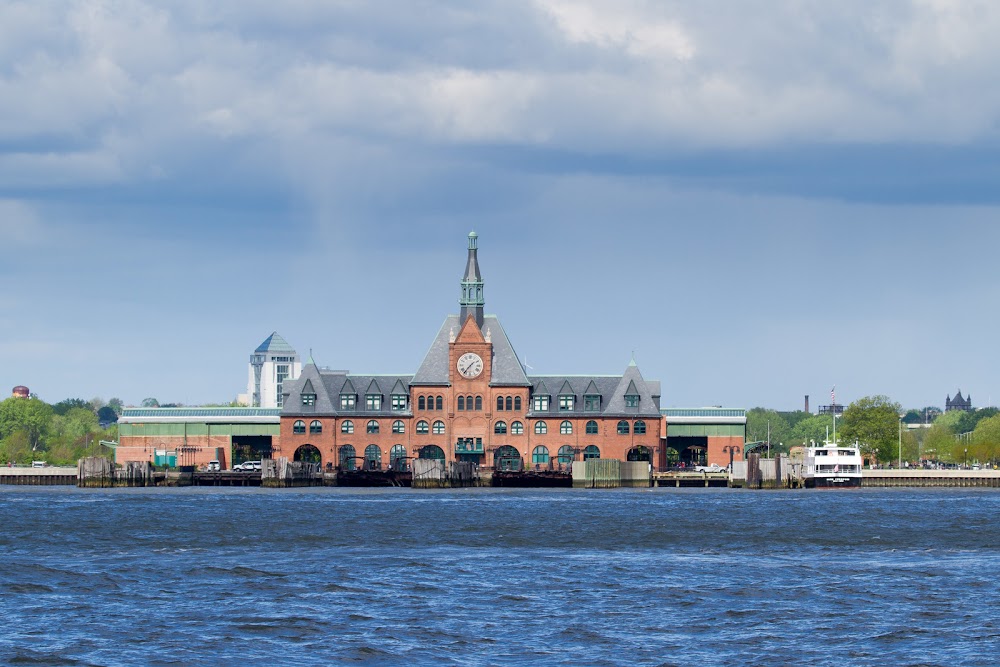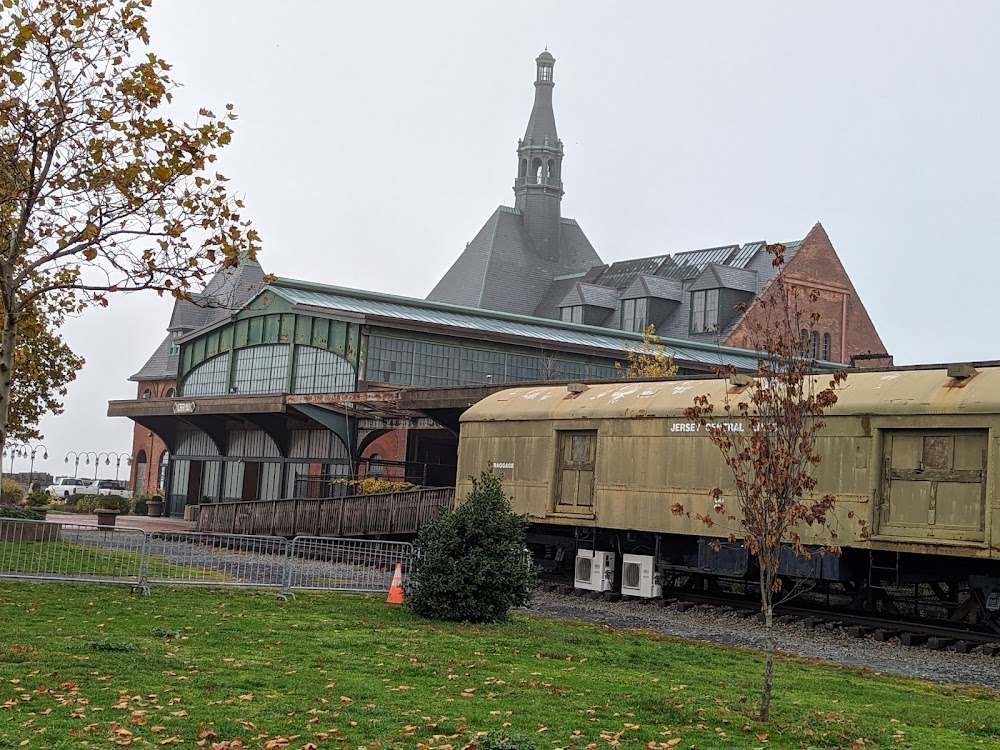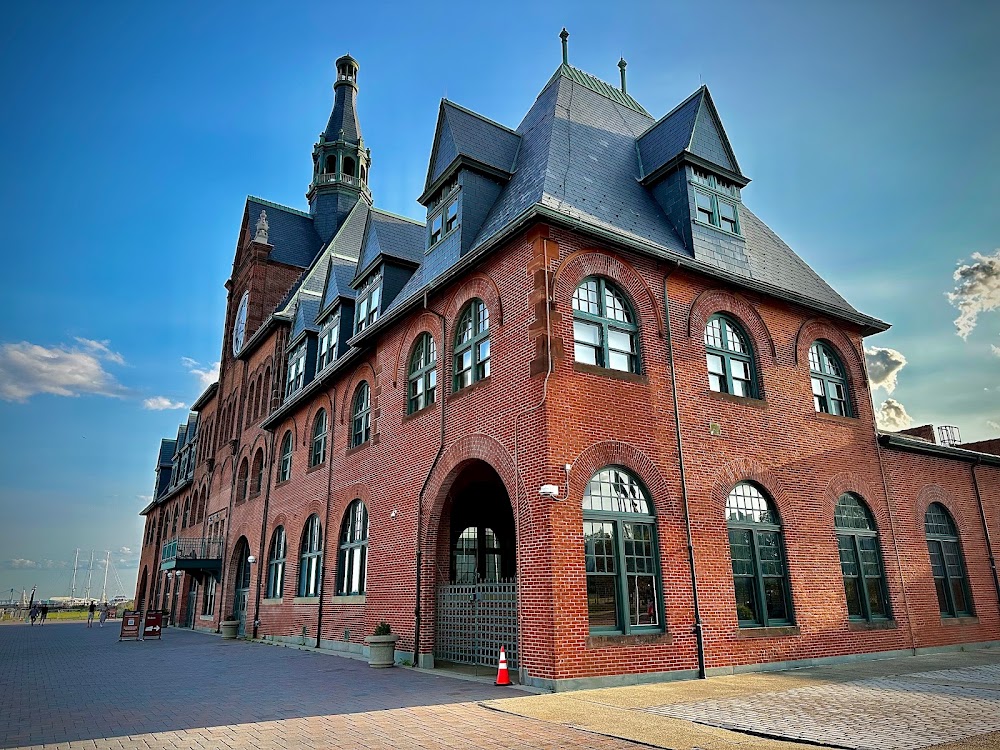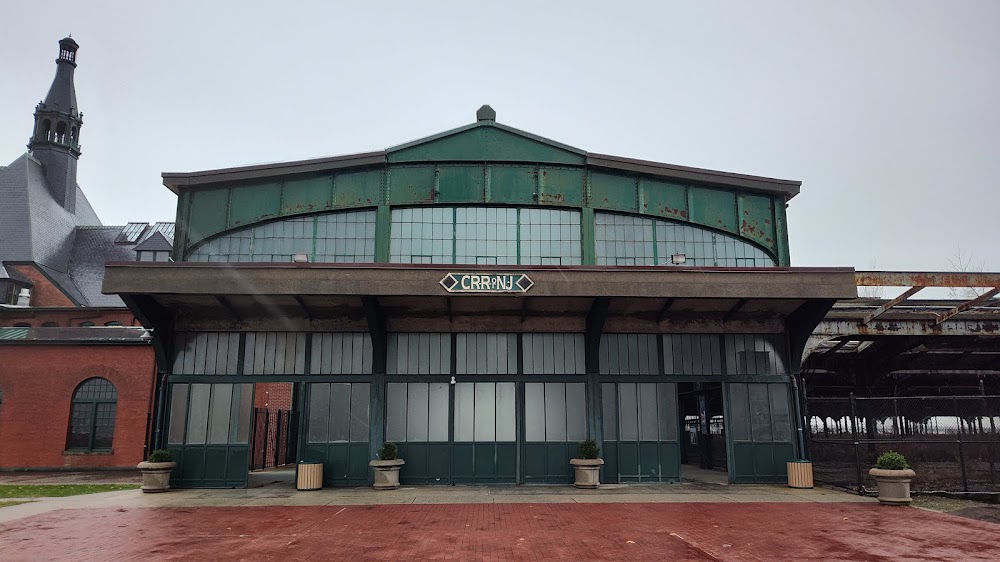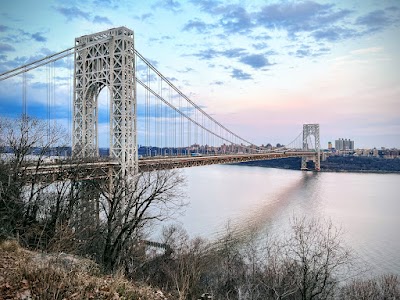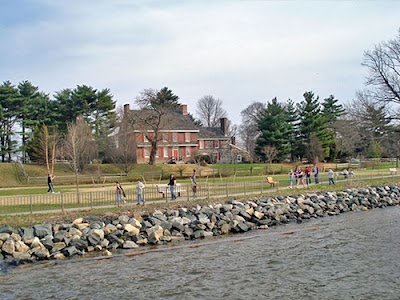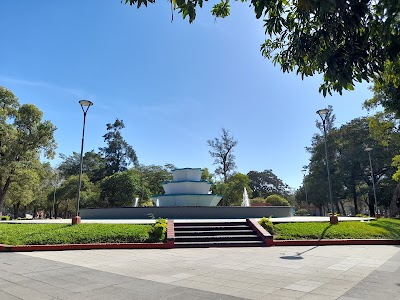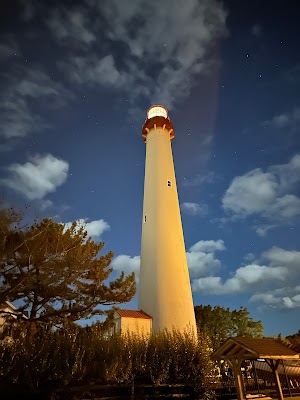Central Railroad of New Jersey Terminal (Central Railroad of New Jersey Terminal)
Overview
The Central Railroad of New Jersey Terminal, commonly known as the Jersey Terminal, is an iconic transportation hub nestled in the heart of Formosa, Jersey. This majestic building, constructed during the golden age of railroading in the United States, stands as a remarkable testament to the ingenuity and ambition of that era.
Construction of the Jersey Terminal commenced in the late 19th century, a pivotal time when railroads were revolutionizing the American landscape. Formosa emerged as a bustling industrial center, strategically positioned to connect the Atlantic seaboard with the interior of the country. Recognizing this prime location, the Central Railroad of New Jersey set out to create a major passenger terminal that would serve as a gateway to the region.
Groundbreaking for the terminal took place in 1889, with the project overseen by the renowned architect George C. Richardson. Known for his unique ability to blend functionality with aesthetic appeal, Richardson infused this vision into the design of the Jersey Terminal. The architecture showcases a harmonious mix of Romanesque and Renaissance Revival styles, featuring large arched windows, intricate stone carvings, and a towering clock tower that has become a beloved landmark of the city.
The construction of the terminal was a monumental endeavor, involving thousands of workers and the latest building technologies of the time. Excavation for the foundation alone required the removal of over a million cubic yards of earth, and the structural framework utilized hundreds of tons of steel. The main hall, with its soaring ceilings and elegant detailing, was designed to accommodate the vast crowds of passengers that would flow through its doors each day.
When the Jersey Terminal officially opened in 1892, it was hailed as a marvel of modern engineering and design. The terminal boasted state-of-the-art amenities, including a grand waiting room, ticket offices, baggage handling areas, and a variety of retail shops and dining establishments. It quickly became one of the busiest transportation centers in the region, connecting passengers to destinations across New Jersey and beyond.
The terminal’s success was greatly enhanced by its strategic location along the Formosa River. This prime waterfront position allowed for seamless transfers between rail and ferry services, enabling passengers to easily connect to steamships heading to New York City and other major ports. The integration of rail and maritime travel transformed the Jersey Terminal into a crucial link within the broader transportation network, contributing to its enduring popularity.
Throughout the early 20th century, the terminal experienced continuous growth and expansion. Additional tracks and platforms were added to accommodate the increasing number of trains, and the facilities were modernized to keep pace with advancements in rail technology. During this period, the Jersey Terminal played an essential role in the movement of goods and people, serving as a vital hub during both World Wars and the post-war economic boom.
However, by the mid-20th century, the rise of automobile travel and the decline of railroads began to impact the terminal. Passenger numbers dwindled, and many of the once-bustling facilities fell into disrepair. In 1967, the Central Railroad of New Jersey declared bankruptcy, leading to the terminal’s abandonment shortly thereafter.
For decades, the future of the Jersey Terminal hung in the balance. Though the grand structure sat empty and neglected, it retained its architectural beauty and historical significance. In the 1990s, a concerted effort to preserve and restore the terminal was initiated by local preservationists and community leaders. Their dedication paid off, and the terminal was eventually designated as a historic landmark.
Today, the Central Railroad of New Jersey Terminal stands as a cherished piece of Formosa's heritage. Carefully restored to its former glory, it now serves as a museum and cultural center. Visitors can explore the beautifully preserved waiting room, admire the intricate architectural details, and delve into the rich history of railroading in Jersey. The terminal also hosts public events and exhibitions, ensuring that future generations can appreciate the legacy of this remarkable structure.


